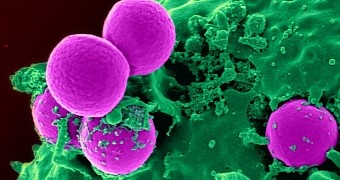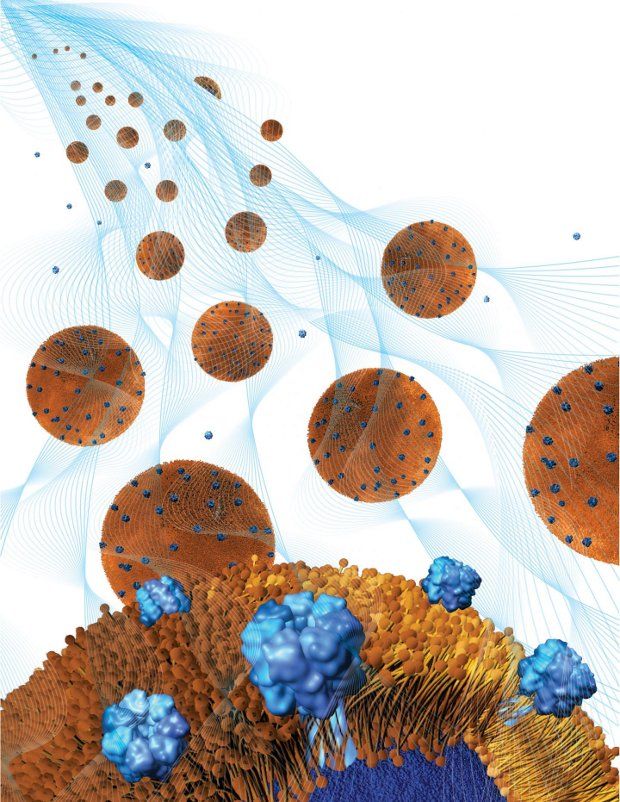A new study in the science journal Advanced Materials describes a novel generation of microscopic sponges designed to be embedded in a gel and, in this form, help contain the spread of antibiotic-resistant MRSA (methicillin-resistant Staphylococcus aureus) bacteria in open wounds.
The nanosponges-filled gel, imagined and then created by researchers at the University of California, San Diego in the US, has so far only been tested on laboratory mice.
It successfully limited the growth of skin lesions infected with the MRSA bacteria, and so the team of scientists who engineered it believes that, given the proper documentation eliminating any potential side effects, it could also be used to treat wounds displayed by human patients.
How the nanosponges-filled gel works
In the Advanced Material report detailing their work, the University of California, San Diego scientists explain that the microscopic sponges they developed to fight MRSA infections are basically collections of nanoparticles able to absorb the dangerous toxins released by the antibiotic-resistant bacteria.
Once absorbed by the nanoparticles, these toxins are stored in the gel that the microscopic sponges themselves are embedded in. The gel, whose list of ingredients includes water and polymers, holds on to the toxins until removed.
“Nanosponges alone are difficult to use on local tissues because they diffuse away to other parts of the body very quickly. By integrating the nanosponges into a hydrogel, we can retain them at the site of infection,” explained scientist Liangfang Zhang, as cited by EurekAlert.
In the case of the laboratory mice the gel was tested on, the researchers documented less serious infections than in the mice left to fight the bacteria on their own. Thus, the MRSA did not spread to tissues adjacent to the initial site of infection.
What use is removing these toxins?
As explained by the University of California, San Diego team, MRSA bacteria produce the toxins collected and removed by their gel to keep themselves safe from antibiotics and from potential immune responses of the body they are trying to colonize.
The scientists believe that, once the toxins are removed from the site of an infection, the MRSA bacteria will grow weaker and become more vulnerable to the action of the immune cells sent to fight and eliminate them. This is all the more important seeing how MRSA bacteria do not respond to actual drugs.
“We hypothesize that without the toxins, the bacteria become significantly weakened and exposed, allowing the body's immune system to kill them more easily without the use of drugs,” researcher Liangfang Zhang said in an interview.

 14 DAY TRIAL //
14 DAY TRIAL // 

